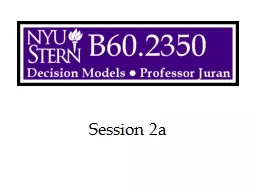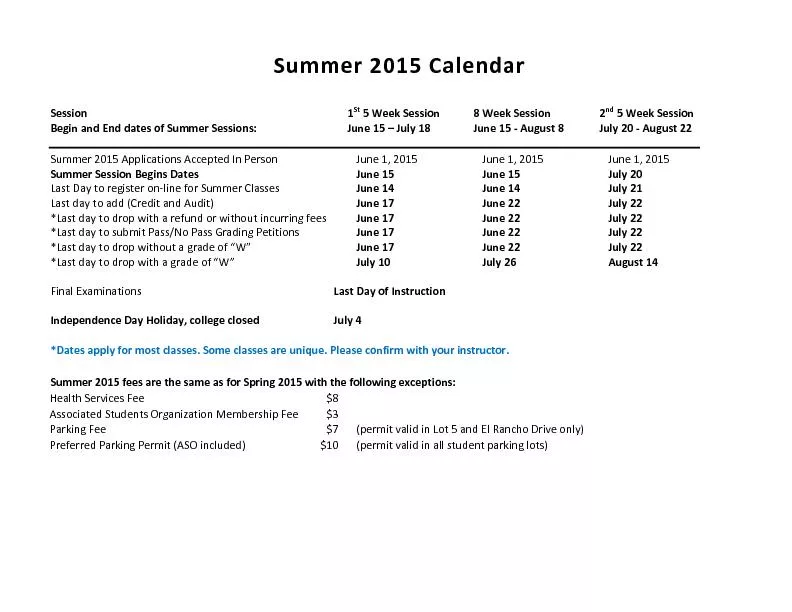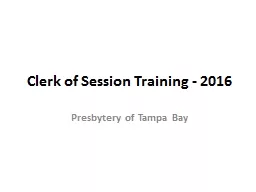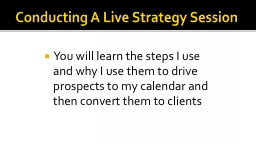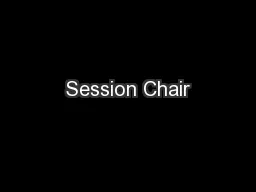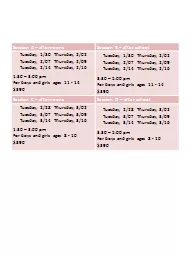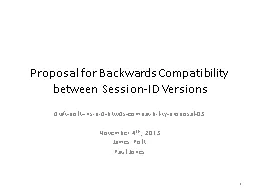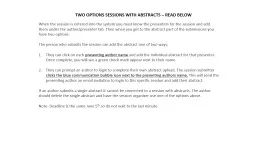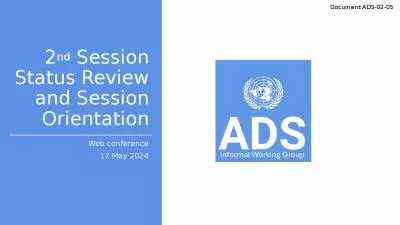PPT-Session 2a
Author : conchita-marotz | Published Date : 2016-03-14
Decision Models Prof Juran 2 Overview Sensitivity Analysis Goal Seek and Data Table Marketing and Finance examples Call Center LP More Sensitivity Analysis SolverTable
Presentation Embed Code
Download Presentation
Download Presentation The PPT/PDF document "Session 2a" is the property of its rightful owner. Permission is granted to download and print the materials on this website for personal, non-commercial use only, and to display it on your personal computer provided you do not modify the materials and that you retain all copyright notices contained in the materials. By downloading content from our website, you accept the terms of this agreement.
Session 2a: Transcript
Download Rules Of Document
"Session 2a"The content belongs to its owner. You may download and print it for personal use, without modification, and keep all copyright notices. By downloading, you agree to these terms.
Related Documents

